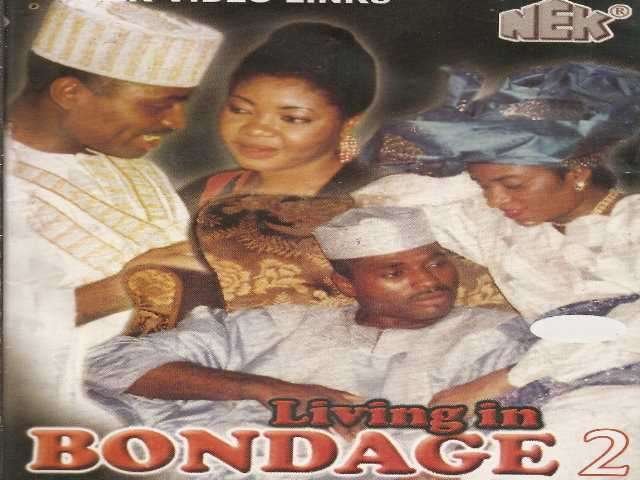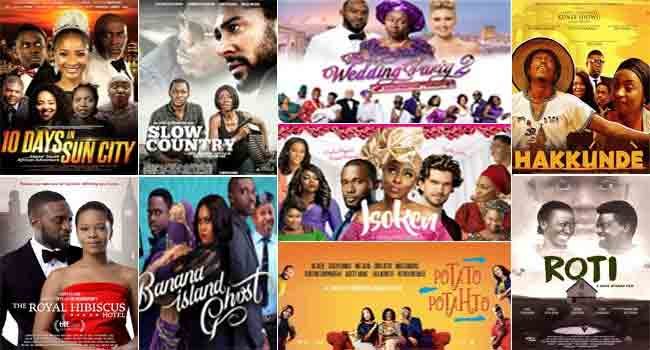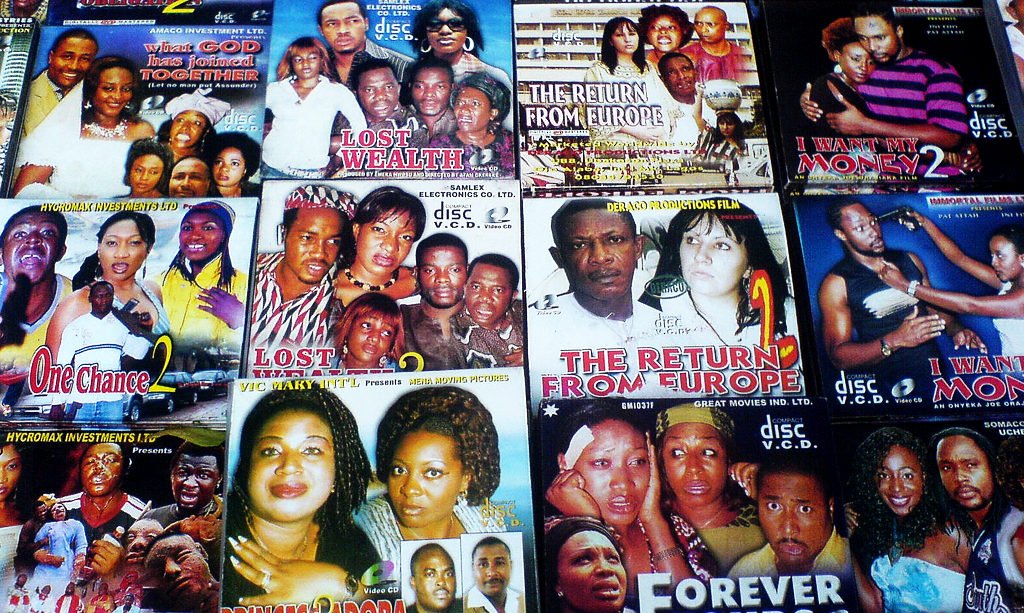How much do you know about the Nigerian film industry? Do you know how it all began? What was the first film ever made in Nigeria by Nigerians? Who are the pioneers of this big and internationally recognized industry? This article will attempt to answer some of these questions.
Since the heady days of Living in Bondage and Things Fall Apart, to this age of Bling Lagosians, 4th Republic, and Wedding Party, Nigeria’s film industry has experienced a lot of change and growth and has acquired a varying amount of reputations in during its existence. Nollywood has gone to excel by doing so much with so little, creating sub-Nollywoods that are contributing daily to the growth of filmmaking in the country. Very few of us are able see beyond the three decades ago of Nollywood’s existence. But this article intends to go as far as filmmaking was first carried out in Nigeria.
The eras of Nigerian filmmaking can be classified into: colonial era, the Golden age, Home Video era, and the New Nigerian cinema or New Nollywood.
Colonial Era (late 19th century – early 1960s)
Tracking back into the past, during the days of British colonialism in Nigeria between the late 19th century and the early 20th century, film distribution in Nigeria is as old as film itself and was solely controlled by the British who ruled Nigeria. Barring peephole viewing, the first set of films ever screened in Nigeria occurred at Glover Memorial Hall in Lagos from 12 to 22 August 1903.
Subsequently, film began being made for local audiences and distribution was carried out chiefly through mobile cinema. The earliest feature film made in Nigeria was titled Palaver by Geoffrey Barkas. It was also the first film to feature Nigerian actors in a speaking role. It was shot in Jos and featured the Sura and Angas people of Plateau and Bauchi states. There were other notable films produced in this era, some of which are Sanders of the River, The Man from Morocco (1945), Men of Two Worlds (1946) all of which starred Orlando Martins, one of Nigeria’s pioneer actors.
A lot of cinemas were established in Nigeria during this period, though most of them in Lagos, it still spread across the country. This was complimented by the already established and successful Yoruba travel theatre.
Golden Age (late 1950s – late 1980s)
This is a period that marked a widespread involvement of Nigerians in the filmmaking affair. Nigeria’s independence from British rule had a lot to do with it and this brought in many Nigerians into this lucrative creative endeavour. It also saw the influx of many foreign films into the country including American, Indian, Chinese, and Japanese films. These films became very popular and posters of them could be seen everywhere on streets.
During Yakubu Gowon’s Indigenization decree in the early 70s, the ownership of a total of about 300 film theatres were transferred from foreigners to Nigerians and that further increased the involvement of Nigerians in the industry. It was during the oil boom, and this had a direct effect on the cinema culture across the country. New theatres and viewing centres were built and were often flooded by members of the society.

Then came the wide-spread establishment of broadcast televisions across the country which created a TV culture which was in turn fed by a creation of TV dramas.
However, this boom declined after a while as a result of incessant change of military governments, different, structural adjustment programs, lack of government and corporate funding, among others. Most of the cinemas that existed and thrived then started to disappear and only a few will be left by 1999.
Home Video era (late 1980s – mid 2010s)
Taking the cue from the TV culture already built among Nigerian viewers and the decline in cinema patronage in the previous era, film producers and distributors started producing films meant to be watched at home with one’s own TV set. Alaba became the hub of distribution, and eventually piracy, of these films.
It was during this era that Nigeria’s filmmaking influence spread across the continent gaining traction with audience I Western and Southern Africa. The first film produced for home was Soso Meji (1988), followed by Ekun (1989), and then Living in Bondage (1992), which is arguably the most successful of them.
By 2004, at least four films were produced in Nigeria daily. Our films were widely popular all over the continent and Nollywood actors in the likes of Genevieve Nnaji, Omotola Kehinde, Jim Iyke, Emeka Ike, Ramsey Noah, etc. became household names as well.
This gave birth to a film rental business where these cassettes can be rented for a couple of hours or days for a small fee from home video stalls. During this period, Nigeria became the third largest film producer in the world and at the peak of the industry in 2008 Nigeria was second.
However, with this boom came the influx of many persons who knew nothing about storytelling and filmmaking thereby leading to a wide-spread production of low quality films with directionless plots. Piracy had also become a menace plaguing the industry. Concerned filmmakers and actors started looking in other directions for a possible solution.
New Nollywood (mid 2000s – present)
Since the collapse of Nigerian cinema culture during the late 90s, it took almost a decade for cinemas to start being re-established around the country. It started with The Silverbird Group launching a Silverbird Galleria in Victoria Island, Lagos and subsequently in other Nigerian cities. The cinemas were initially proliferated with Hollywood films as Nigerian filmmakers hardly made any films for the cinema at the time. That changed in mid 2010s when more and more Nigerian films made it to the cinemas and more and more of them became really successful. Kunle Afolayan’s Figurine, Phone Swap, and October 1 are typical examples. Kemi Adetiba’s Wedding Party was a huge success as was Ayo Markun’s 30 Days in Atlanta, A Trip to Jamaica, 10 Days in Sun City. Half of a Yellow Sun remains the highest grossing Nollywood film.
TV Shows and web series with new and different approaches have amerged and are gaining traction. More Nigerians and Africans have once again become interested in the Nollywood films being put out in the cinemas. The themes are more cosmopolitan and socially conscious, budgets are bigger, and outputs are of far better quality.

The most recent contributions are 4th Republic, Up North, Chief Daddy, King of Boys,and Bling Lagosians. This era has enjoyed a lot of support and grants from the Nigerian government as well as a number corporations.
Sub Nollywood industries include: Kannywood(the home of Hausa language films), Yoruba Nollywood, Igbo Nollywood, Ghanaian film industry(Gollywood?) and Nollywood USA(an umbrella term for Nigerian films made in diaspora by Nigerians for Nigeria).
While Nollywood still has a lot of improvement to do, we are positive that the future of the industry is as bright as ever. And we hope this never changes.

